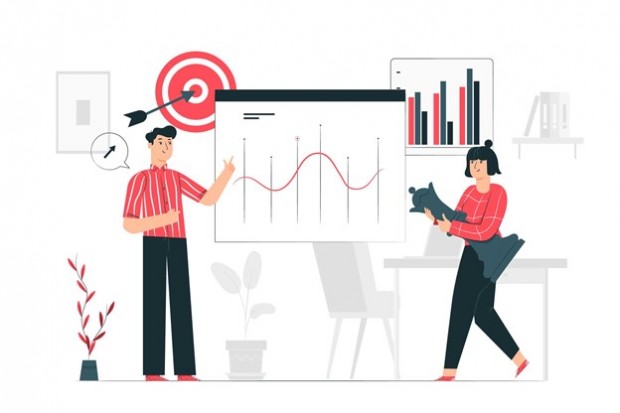Whether you're just starting a business, trying to create a new piece of art, working on a project in school or anything else that requires a bit or a lot of planning ahead, a concept map is definitely the first step you need to take to make sure the results are exactly what you've been looking for.
Any big plan, business, project or complex action requires great organization before putting things into motion. You want to make sure that the entire process is as efficient as possible: from the very first idea to the last piece of the puzzle.
However, we can sometimes get lost between all the details and pieces of information and may miss out on important things; you definitely don't want to find yourself at the end of the project and discover that you forgot to include an important piece, or that you've done a specific thing wrong simply because you did not see it from the beginning.
For situations like these, a concept map is exactly what you need; it is a visual representation of all the information you have in the form of charts, graphic organizers, tables, flowcharts, timelines and pretty much any other type of organization you can think of that helps you put all the pieces together.

Concept mapping means that you put all the ideas and information together and get a bigger picture. This way, you can create meaningful connections and see what is wrong or right more clearly. Moreover, because we live in the digital age, we can now do all of this on our devices through a very user-friendly tool named Miro.
Miro offers free access to the concept mapping tool, which means that you can get started on your project right now!
How to make and use concept maps efficiently

Creating a concept map is very, very simple, especially when you have a digital tool that allows you to easily arrange all pieces of information in just a few clicks and swipes. There is no right or wrong way to create a concept map as it is basically an image of how your brain sees that specific project.
The most important thing is to focus on the ways the ideas are linked to each other in order to create meaningful, useful connections. To get the hang of it, you can try and do the following:
- Open Miro and get started with the concept mapping tool
- Identify a concept
- From your memory, try to create a graphic organizing scheme that is related to your concept. This is an excellent exercise that will allow you to assess what you already understand and what you need to review
- If not enough ideas come up, research your existent information, notes, lectures and so on to remember what else needs to be included
- Focus on how concepts are related to each other and try to visualize the entire project and concept as a timeline, from start to finish. Try and see if things seem to develop smoothly, and if not, try to see where you can adjust it to improve it.
With Miro, this process will not only be tremendously easy, but also fun and intuitive. It is more than just a concept map maker as it allows you and your team to work together, at the same time, on the same concept map and adjust it to your needs. From mind mapping and visual project management to outstanding planning and interactive workshops, Miro will seamlessly take your organization to the next level and help you grow as a team.
Here are just a few of the features that Miro's concept mapping tool offers for free:
- Real-time collaboration
- Seamless communication
- Presentation mode
- Creative formatting options
- Interactions with your favorite tools such as Sketch, Jira, InVision, Google Drive and more
- Infinite canvas
In Miro, creating a concept map is very easy and intuitive. You start by adding a concept map template to your board and use it as it is or customize it to your needs. Add the idea you want to achieve, a concept you want to clarify or a goal and make it the starting point.
Then, choose a topic you want to understand better and add it into a box or circle shape. From memory, start creating more shapes that contain information that you know is related to that topic.

Now, it is time to connect concepts and establish hierarchy; link sticky notes or shapes to better visualize connections between pieces of information you've already written down. Keep in mind that the most universal and applicable ideas must be at the top, while more specific and less actionable ones should be at the bottom.
Once you've reached this point it is time to get an opinion from your team! Invite your teammates to collaborate and get feedback and a fresh vision on your thoughts; with a concept map, you can literally put your mind on the screen for other to see. A concept map is the best way to translate your thoughts into a visible project.
Now, combine your own research and concept with your teams' ideas and fill in any information gaps you may have missed. The most important thing is to focus on how concepts are related to each other, making sure they make sense.
No matter what you're creating, one thing is for sure: you need to organize it as well as you can and be as time and energy efficient as possible in order to maximize results. Concept mapping will help you achieve this in the most fun and pleasant way, as it will allow you to clearly see how your ideas and concepts go together and where's room for improvement.
* This is a contributed article and this content does not necessarily represent the views of universityherald.com








